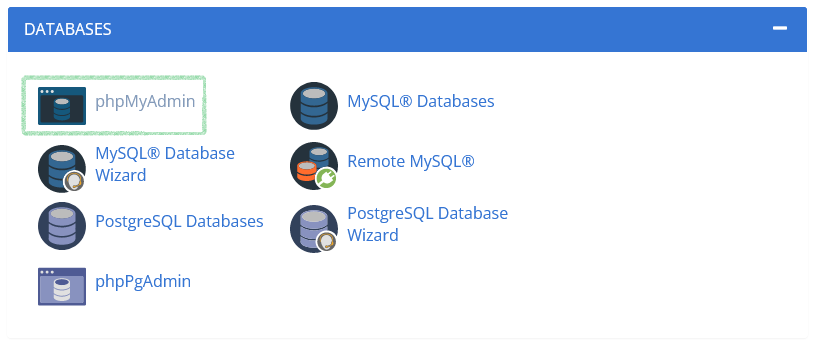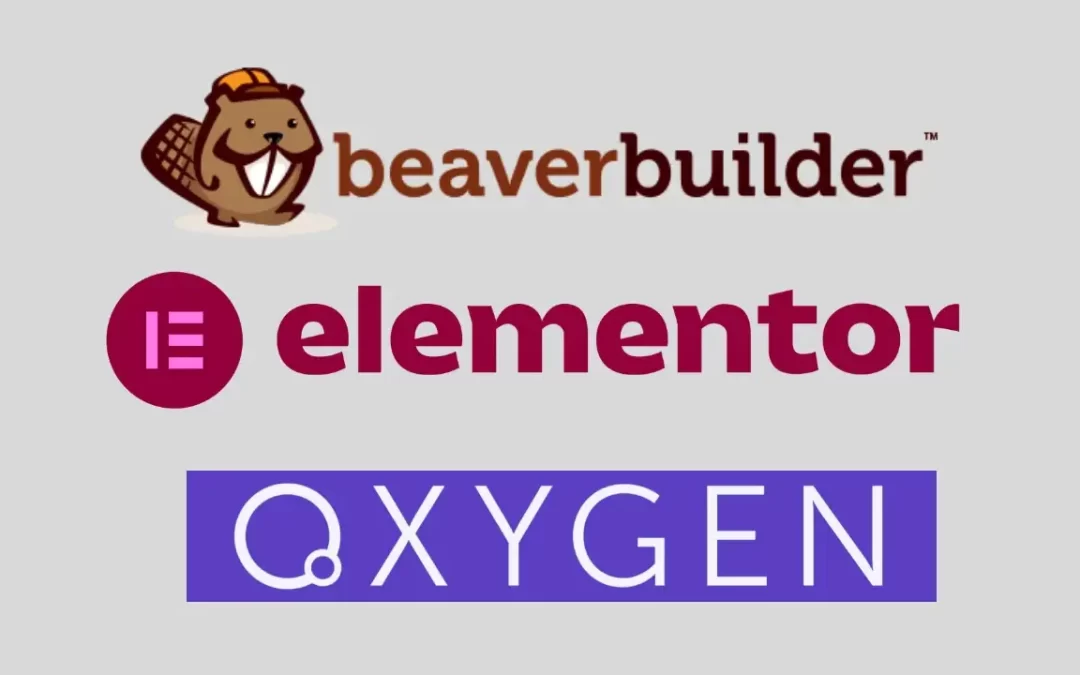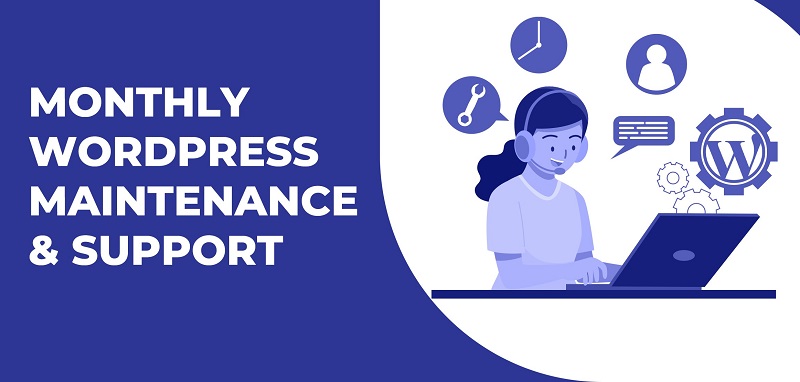E-commerce is a booming industry that continues to grow year after year. People are now more likely than ever to purchase goods and services online, which is why many businesses are looking for ways to set up an online presence. With so many eCommerce platforms available on the market, choosing the right e-commerce platform can be an overwhelming task. The market is flooded with options, each promising to be the best.
However, two of the most popular platforms business owners use worldwide are WooCommerce and Shopify. Both platforms offer great functionality and are trusted by businesses of all sizes. Which platform should you choose? Shopify or WooCommerce?
The answer, as with most things, lies in the details. And while many people would deny it, the big two — Shopify and WooCommerce — are not the only options out there. Every platform has its advantages and disadvantages, but the choice should be made based on the needs of your business.
We’ll cut through the hype, look at the facts that matter, and give you a clear picture of which is better for your online store.
Shopify vs. WooCommerce
What is Shopify?
Shopify is an e-commerce platform that helps businesses of all sizes build and manage an online store. It provides a range of tools and features to help you create and manage your store, including a customizable storefront, a secure checkout process, and support for multiple payment gateways.
It is a turn-key eCommerce solution that lets you focus on your business rather than the technology behind it. With Shopify, you get a web hosting platform that is optimized for security, speed, and scalability. Plus, you don’t need to worry about managing complex caching systems or installing SSL certificates.
What is WooCommerce?
WooCommerce is an open-source e-commerce plugin for WordPress. It is designed for small to large-sized online merchants using WordPress. It allows you to sell products and services from your WordPress website and is one of the most popular e-commerce platforms in use today. Some of the features of WooCommerce include the ability to manage products, process payments, track inventory, and handle shipping and tax options. It is easy to use and customize, making it a popular choice for many online stores.
What are the common differences between Shopify & WooCommerce?
- Hosting
One of the main differences is that Shopify is a fully hosted platform, while WooCommerce is a self-hosted platform that runs on top of WordPress.
When you use a fully hosted platform like Shopify, the company hosts your website, ensures that it is secure, and handles software updates for you. This means that you don’t have to worry about setting up and maintaining servers, installing security patches, or keeping your software up to date. Instead, you can focus on running your online store and selling your products. This can be especially convenient for small businesses or those who are not comfortable with technical tasks.
But when you use a self-hosted platform like WooCommerce, you are responsible for hosting your website, ensuring it is secure, and handling software updates. This means that you will need to set up and maintain servers, install security patches, and keep your software up to date. This requires technical knowledge and can be more work than a fully hosted platform like Shopify. However, a self-hosted platform like WooCommerce can offer more flexibility and control, as you have complete access to the code and can customize it to meet your specific needs.
- Ease of Use
Another difference is the focus of the two platforms. Shopify is a dedicated e-commerce platform, while WooCommerce is an e-commerce plugin for WordPress, which is primarily a content management system.
This means that Shopify is more geared towards selling products online and includes features specifically designed for e-commerce, while WooCommerce is more flexible and can be used to sell products or services, as well as manage other types of content.
- Customization
WooCommerce is more customizable than Shopify, as it is an open-source platform, and you have complete access to the code. With Shopify, you are limited to the customization options provided by the platform.
- Fees
Shopify charges a monthly fee and transaction fees, while WooCommerce is free to use, but you may need to pay for hosting and other services.
- Support
Both Shopify and WooCommerce offer support, but Shopify provides more comprehensive support options, including live chat and phone support.
Things to Consider When Choosing the Right Online Store Platform or E-commerce Platform
When choosing an e-commerce platform, there are several factors you should consider:
- Ease of use: Choose a platform that is easy to use and navigate, especially if you are not technically savvy.
- Customization options: Consider whether the platform allows you to customize the look and feel of your store and add features that are important to you.
- Payment processing: Look for a platform that offers multiple payment options and integrates with your preferred payment gateway.
- Shipping and fulfillment: Choose a platform that offers the shipping options you need and makes it easy to manage orders and track inventory.
- Marketing and SEO: Look for a platform that offers tools to help you market your store and improve your search engine rankings.
- Mobile optimization: Choose a platform optimized for mobile devices, as more people shop online using their phones.
- Customer service and support: Consider the support options that are available, such as live chat, phone support, and online resources.
- Cost: Consider the overall cost of the platform, including any monthly fees, transaction fees, and additional costs for features or services.
By considering these factors, you can choose the e-commerce platform best suited to your needs and goals for your online store.
Shopify Store versus WooCommerce store: Pros and Cons of each
What’s easier Shopify or WooCommerce?
Shopify is generally considered to be easier to use than WooCommerce. It includes features like an intuitive dashboard, a simple payment setup process, and easy-to-use product and order management tools. While WooCommerce is easy to install and set up, it may require more technical knowledge to use and customize than Shopify.
Overall, suppose you are looking for a platform that is easy to use and navigate, especially if you are not technically savvy. In that case, Shopify might be the better choice. However, if you are comfortable with technology and want more flexibility and customization options, WooCommerce could be a good option.
Comparison of Shopify and WooCommerce customization options
Regarding customization options, WooCommerce is generally more flexible than Shopify. WooCommerce is an open-source platform, meaning you have complete access to the code and can customize it to meet your specific needs. You can also install extensions and add-ons to add functionality to your online store.
On the other hand, Shopify is a proprietary platform, which means you are limited to the customization options provided by the platform. While Shopify offers a wide range of templates and themes to choose from and some customization options, it is more flexible than WooCommerce.
Overall, if you want more customization options and the ability to customize your online store’s look and feel, WooCommerce is the better choice. However, if you prefer a more streamlined and user-friendly platform, Shopify could be a good option.
Using Shopify & WooCommerce for payment processing
Shopify and WooCommerce offer a wide range of payment options and integrate with popular payment gateways.
Shopify allows you to accept payments using credit and debit cards and other payment methods such as PayPal, Apple Pay, and Google Pay. It integrates with popular payment gateways such as Stripe, PayPal, and Authorize.net.
WooCommerce also allows you to accept payments using credit and debit cards and other payment methods such as PayPal and Stripe. It integrates with a wide range of payment gateways, including PayPal, Stripe, and Authorize.net.
Overall, both Shopify and WooCommerce offer a wide range of payment options and integrate with popular payment gateways, so you should have no problem finding a solution that meets your needs.
Shipment and fulfillment: Shopify vs WooCommerce
Both Shopify and WooCommerce offer various shipping options and make managing orders and tracking inventory easy.
Shopify allows you to set up shipping rates based on location, weight, or price and offers integration with popular shipping carriers such as USPS, UPS, and DHL. It also includes features to help you manage orders, track inventory, and print shipping labels.
WooCommerce also allows you to set up shipping rates and integrates with popular shipping carriers such as USPS, UPS, and DHL. It includes features to manage orders and track inventory, and you can use extensions to add more advanced shipping options.
Both Shopify and WooCommerce offer a range of shipping options and make it easy to manage orders and track inventory, so you should have no problem finding a solution that meets your needs.
Marketing and SEO Tools: Shopify vs WooCommerce
Both Shopify and WooCommerce offer tools to help you market your online store and improve your search engine rankings.
Shopify includes features such as email marketing, abandoned cart recovery, and social media integration to help you promote your store and drive sales. It also includes an SEO-friendly blog platform and basic SEO tools to help you improve your search engine rankings.
WooCommerce, a plugin for WordPress, gives you access to the full range of WordPress marketing and SEO tools. WordPress is a very SEO-friendly platform and includes features such as customizable permalinks, XML sitemaps, and the ability to edit the website’s metadata. In addition, many WordPress plugins and extensions can help you with marketing and SEO, such as Yoast SEO and Gravity Forms.
Both Shopify and WooCommerce offer tools to help you market your store and improve your search engine rankings. However, WooCommerce, being a plugin for WordPress, gives you access to a wider range of marketing and SEO tools.
Mobile optimization: Shopify & WooCommerce
Both Shopify and WooCommerce are optimized for mobile devices and make it easy for customers to shop on their phones.
Shopify includes a mobile-responsive design that automatically adjusts the layout of your store to fit the screen size of the device being used. It also includes a mobile app that allows you to manage your store.
WooCommerce, a plugin for WordPress, is also optimized for mobile devices. WordPress includes a mobile-responsive design, and there are many mobile-friendly themes and plugins available for WooCommerce. In addition, you can use the WordPress app to manage your store on the go.
Both Shopify and WooCommerce offer mobile optimization and make it easy for customers to shop on their phones.
Customer service and support in Shopify & WooCommerce
Ar present both Shopify and WooCommerce offer customer service and support to help you with any issues or questions.
Shopify provides comprehensive customer support, including live chat, phone support, and online resources. It also has a large community of developers and users who can help and support.
WooCommerce also offers customer support and has a large community of developers and users who can provide help and support. In addition, WordPress, the content management system on which WooCommerce is built, has a large and active community of users and developers who can assist.
Overall, customer service and support in Shopify and WooCommerce are similar so you should be able to get the help you need if you encounter any issues.
Cost of using Shopify & WooCommerce
The cost of using Shopify or WooCommerce, will depend on your specific needs and goals for your online store. Both platforms offer a range of pricing options and additional costs for features or services.
Shopify charges a monthly fee and transaction fees for its plans. The basic plan starts at $29 per month, while the advanced plan starts at $299. Shopify also charges transaction fees ranging from 0.5% to 2%, depending on the plan you choose.
WooCommerce is free to use, but you must pay for hosting and other services. The cost of hosting can vary widely, but you can expect to pay around $5 to $15 per month for a basic hosting plan. You may also need to pay for additional services such as domain registration, SSL certificates, and extensions or add-ons to add functionality to your online store.
The cost of using Shopify or WooCommerce will depend on your specific needs and goals for your online store. Shopify is generally more expensive, but it includes hosting, security, and software updates in the monthly fee, while with WooCommerce, you are responsible for these costs.
Conclusion: Which is the best, Shopify or WooCommerce?
Overall, both Shopify and WooCommerce are good options for creating an online store. Your specific needs and requirements will depend on which one is better.
Shopify is a great e-commerce platform and one of the best in the market, especially for the initial phase. It is easy to use and has a good amount of templates.
However, if you are looking for a more advanced e-commerce platform with more customization options and flexibility, WooCommerce is your choice.
Shopify offers you a huge number of themes and templates, but if you have your own design, you can use it to make your website more unique.
Nonetheless, you can always get assistance from a professional Shopify developer or WooCommerce developer to handle your eCommerce website for you. We hope you enjoyed the information about Shopify vs WooCommerce. With this knowledge, we know that you can make the most of your website and online store by choosing the best platform for your business.
So what are you waiting for? You can always initiate a conversation or consultation call to speak with our experts if you need assistance.








